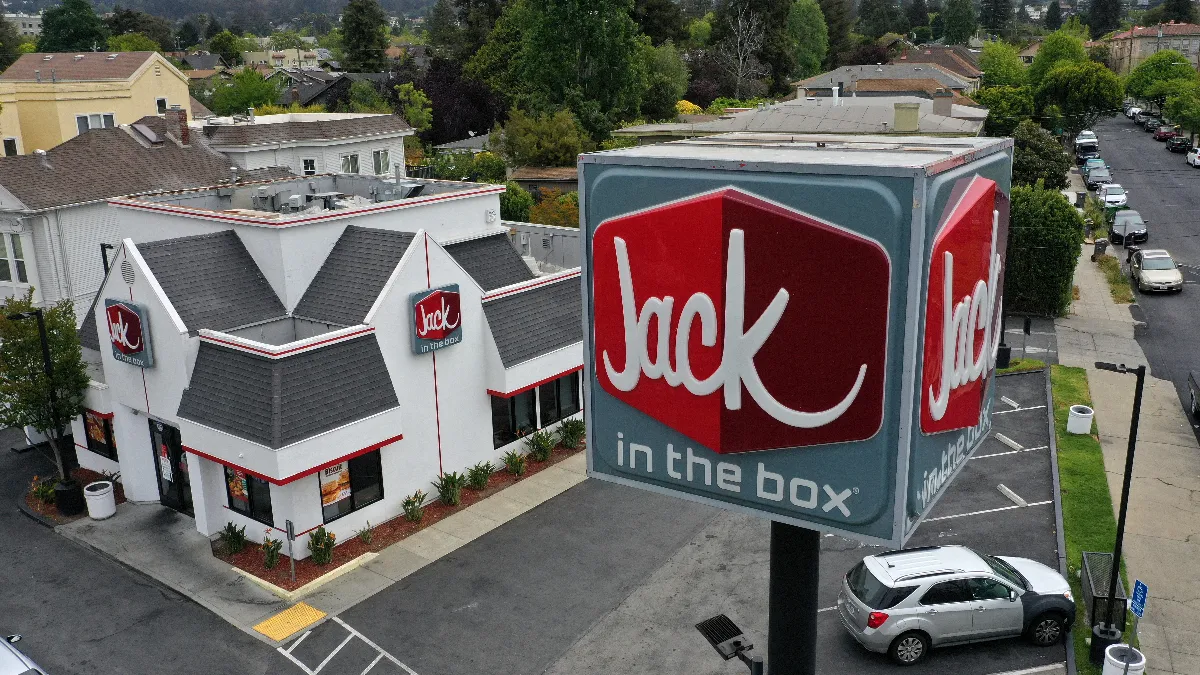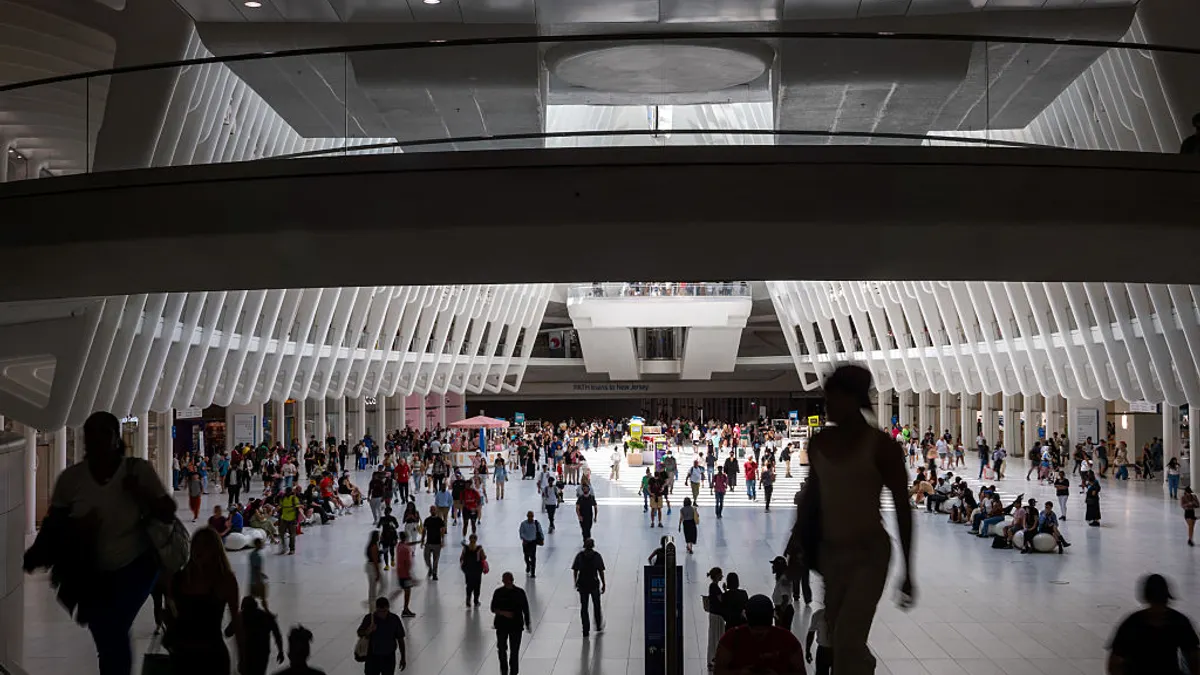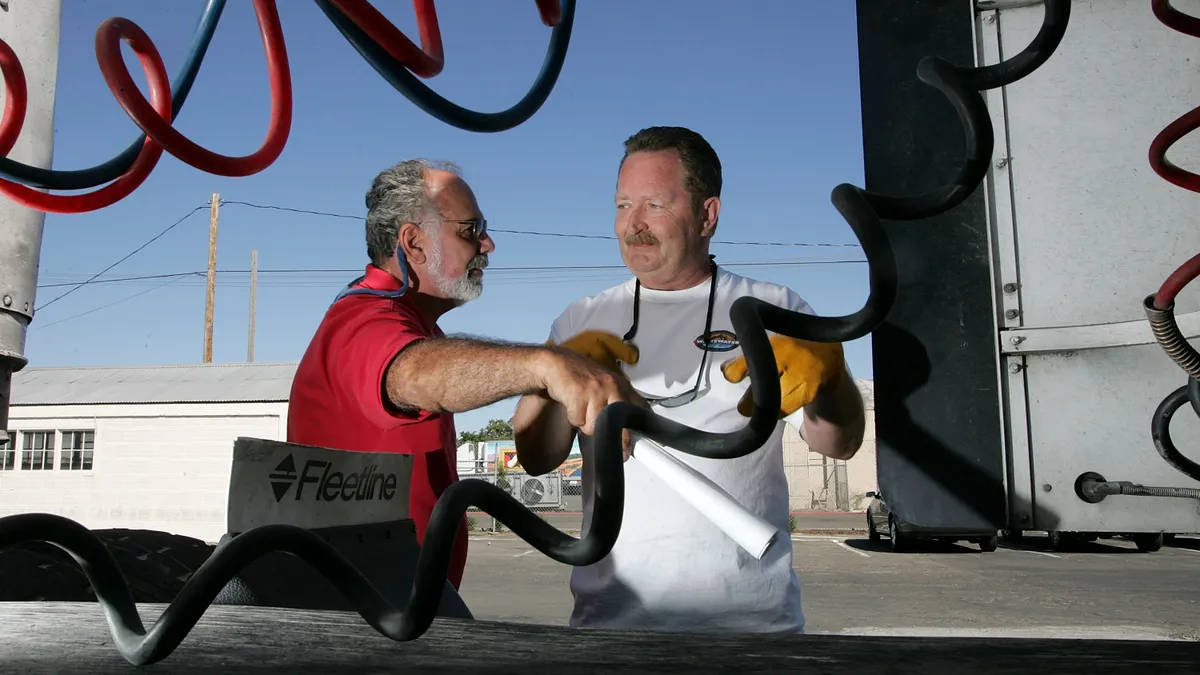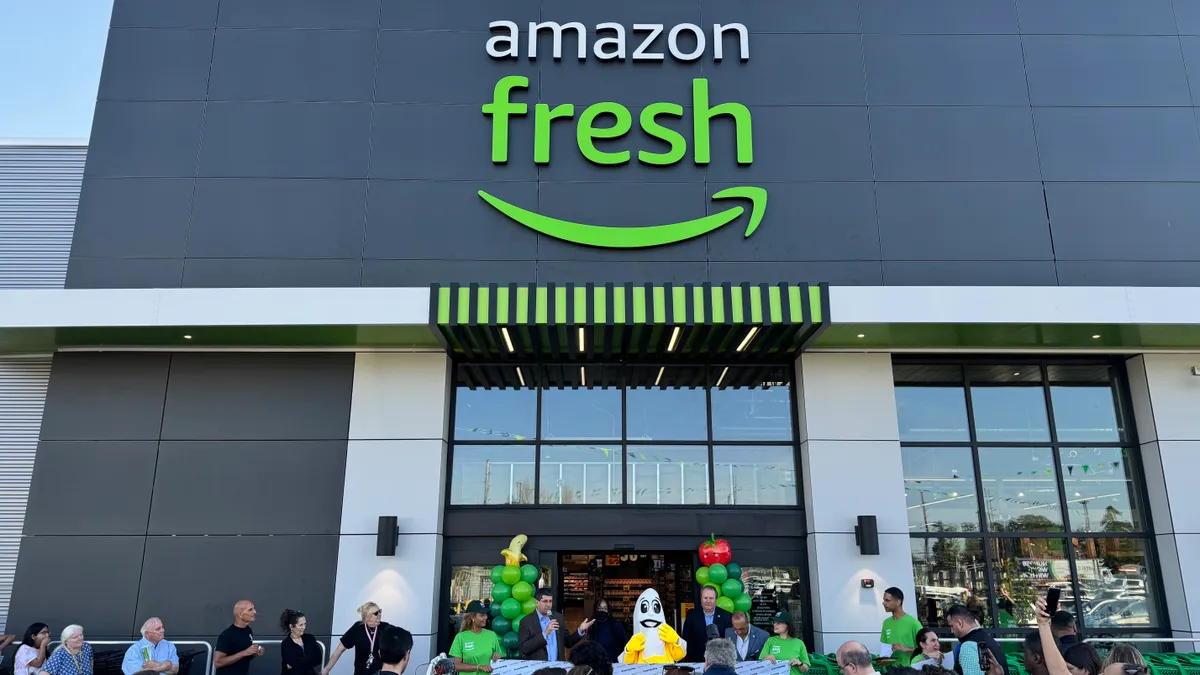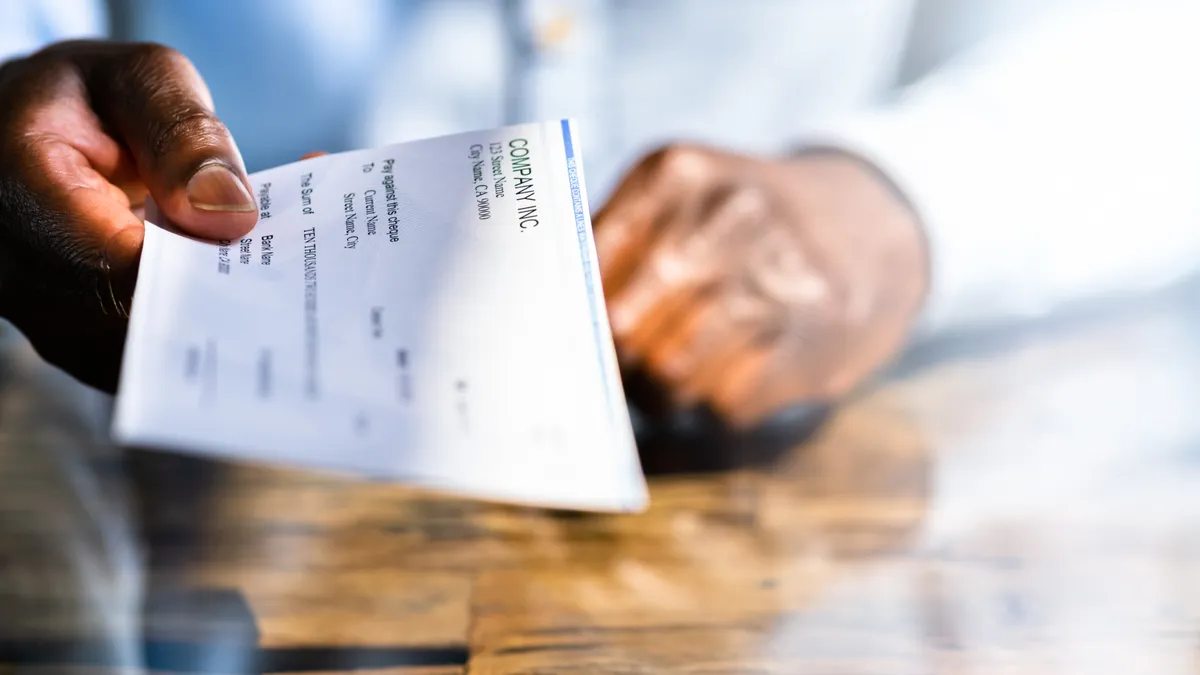Many restaurant brands in California increased menu prices during the first quarter to maintain margins following the April 1 implementation of a $20 minimum wage. Fast food chains with 60 or more units must comply with California’s AB 1228 standards, but the ripple effects of this policy change could be farther reaching.
Pricing strategy has become a careful balancing act this year as several chains, including McDonald’s, have seen pushback from consumers. Brands like El Pollo Loco, Jack in the Box and Shack Shack have been rolling out kiosks to free up labor, upsell menu items and raise average checks — elements that benefit the brands not just in the Golden State, but nationwide.
Check out how chains said they are reacting to California’s April 1 law during their April and May earnings calls.
Jack in the Box
Jack in the Box, sister brand Del Taco and California franchisees partnered to execute price increases, implement margin savings plans, share best practices and test equipment and technology to help with labor savings, CEO Darin Harris said during the company’s fiscal Q2 2024 earnings call.
“Our California restaurants at both brands have performed on par, and in some cases better than, other regions across the country, particularly with our company-owned restaurants,” Harris said. “We feel that we’ve done the right things with the right price with the franchisees. We’re seeing early indications that they’re able to manage through sales and margins, and we’re all learning how to do that. We’ve offered significant strategies in which to overcome … the margin compression issues.”
Average check is offsetting lower transactions, Harris said. Both brands saw a decline in transactions during the quarter that was partially offset by pricing, CFO Brian Scott said. Jack in the Box’s pricing was up 5% during the quarter, Scott said.
The company said it is adding freestanding kiosks to its dining rooms, with California leading the way. These will be deployed over the next year and a half, Harris said. In restaurants where kiosks are in place, both brands have seen 15% to 20% higher tickets and about four to six hours a week in labor savings.
Chipotle
Chipotle’s wages in California rose nearly 20%, and the chain hiked menu prices by 6% to 7% across its Golden State restaurants just to cover the cost, CFO Jack Hartung said. This increase is equivalent to nearly a point in total company pricing beginning in the second quarter, he said. The increase will help maintain restaurant cash flow in the state, which was below the company average, but will have a negative impact of 20 basis points on company restaurant-level margins.
“For Q2, we expect our labor costs to stay in the mid-24% range, with wage inflation stepping up to about 6% as a result of the minimum wage increase in California,” Hartung said.
California’s average tickets were relatively similar to the rest of the country even though the cost of doing business has generally been higher in the state, Hartung said.
“After the increase, we still have burritos that are going to be reasonably priced. The chicken burrito is going to be around $10,” Hartung said. “It’s very early, as you mentioned. It’s too early to tell. We’re not seeing any kind of change in consumer behavior yet, but it's only been a matter of a few weeks so far.”
Hartung added that Chipotle still maintains its value compared to competitors and he expects Chipotle to be within consumers’ budgets.
Domino’s
Domino’s increased prices in the high-single digits in California following the wage increase, CFO Sandeep Reddy said.
“We will modify it if we need to actually adjust to what the competitors are doing,” Reddy said. “But overall, we’re solving for profit dollar growth. That’s what we are always solving for. And we are looking to protect that franchisee profitability in California and throughout the system.”
Shake Shack
Initially, Shake Shack raised menu prices on its first-party delivery by 5% and maintained the 15% premium on third-party delivery channels in January, CFO Katherine Fogertey said. In mid-March, it increased menu prices by 3% in total, which included a 7% bump in California and a 2% to 2.5% uptick in other regions, which she said is “very consistent with historical pricing practices.”
Portillo’s
Portillo’s moved a pricing increase it would have made in Q2 to the end of March due to the wage change in California, and in connection with its new salad launch, CFO Michelle Hook said. The company has two restaurants in the Golden State, where it is also testing kiosks.
In addition to previous price increases, the effective price increase was about 6% at the end of Q1, she added. Another 3% of prior-year pricing rolled off at the end of April, which puts the chain at “an effective price increase of 3% today,” Hook said.
“We will continue to monitor our cost pressures, the competitive landscape as well as consumer sentiment to inform our pricing decisions in the coming quarters,” Hook said.
Denny’s
The casual chain is accelerating the rollout of its virtual brand Banda Burrito in California to an additional 200-plus locations in the state, CEO Kelli Valade said, adding that franchisees were “quick to sign up, given the perfect timing and fit of the brand offerings.”
The chain increased its pricing in April by roughly 3% with its Spring Core menu launch. In California, however, it raised prices 5% in anticipation of the new law’s impact, CFO Robert Verostek said.
Denny’s initial fear that full-service workers would rush to higher-paid fast food jobs has not materialized, Verostek said.
“We have been very pleased to actually see improvements in both management and crew turnover in our company restaurants,” he said, adding that the company has made investments in the past through its educational program, GAIN, which has allowed team members to get GEDs, college credits and career pathways.
“We have not experienced a material increase in team wages thus far in April, which is in part due to our servers earning well above the AB 1228 minimum wage when factoring in tip income,” Verostek said.



